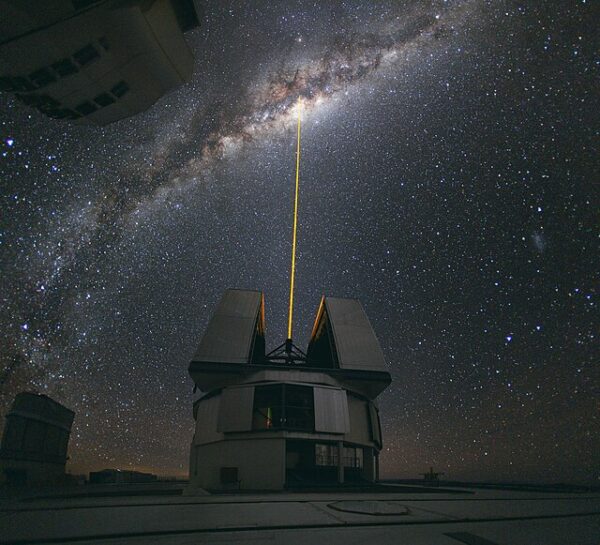
In a field that thrives on surprises, the Solar System’s newest interstellar visitor—comet 3I/ATLAS—is behaving like an object determined to keep astronomers guessing. Fresh data from a brief but revealing pass behind the Sun show the comet has changed color, brightened far faster than expected, and drifted slightly off a purely gravitational course, renewing scientific fascination with this rare traveler from beyond our stellar neighborhood.
First detected July 1 by the Asteroid Terrestrial-impact Last Alert System, 3I/ATLAS arrived on a hyperbolic orbit so steep—eccentricity between 6.1 and 6.2—that it could only have come from deep interstellar space. It now joins a tiny club of confirmed extrasolar objects, following the elongated wild card 1I/ʻOumuamua and the more conventional 2I/Borisov. Scientists suspect 3I/ATLAS may be older than the Sun itself—perhaps a 10-billion-year-old relic from a long-vanished star-forming region somewhere in the Milky Way, writes Live Science.
The comet’s closest approach to the Sun on October 29 turned into a moment of both scientific promise and public speculation. With Earth-based telescopes temporarily blinded by solar glare, Harvard astrophysicist Avi Loeb pitched the possibility—dismissed by NASA and SETI researchers—that the comet might mask an alien probe. Most astronomers note its behavior fits the standard cometary playbook, even if some of its details defy easy explanation.
Those details are now coming into sharper focus thanks to data from NASA’s STEREO and SOHO missions and observations from the GOES-19 satellite. A preliminary analysis, still awaiting peer review, points to two developments that have caught researchers’ attention.
First, the comet’s color has shifted again—its second noticeable change—moving toward a distinctly cooler hue. “Color photometry shows the comet to be distinctly bluer than the Sun,” the research team notes. That shift likely reflects the mix of gases and dust escaping from its surface, though why it’s evolving so quickly remains unclear.
Second, 3I/ATLAS has brightened to roughly magnitude 9, putting it within range of backyard binoculars and brighter than many deep-sky galaxies. What puzzles astronomers is the speed of that brightening. “The reason for 3I’s rapid brightening, which far exceeds the brightening rate of most Oort cloud comets at similar r (C. E. Holt et al. 2024), remains unclear,” the report states. One working theory: earlier releases of carbon dioxide may have kept water ice frozen longer than normal, only for it to erupt in force as the comet plunged toward the Sun.
The motion of 3I/ATLAS is also telling its own story. NASA’s Davide Farnocchia notes small but measurable non-gravitational accelerations, caused when jets of gas act like microscopic thrusters. Loeb, dissecting the numbers, reports “a radial acceleration away from the Sun of 135 kilometers (=9×10⁻⁷ au) per day squared” and a “transverse acceleration… of 60 kilometers (=4×10⁻⁷ au) per day squared” at the comet’s perihelion distance of 1.36 astronomical units.
None of this signals anything exotic. Comets naturally shed mass as they warm, and Loeb estimates that 3I/ATLAS could lose about a tenth of its mass over the month straddling perihelion. With a typical outflow speed of a few hundred meters per second, he calculates an evaporation half-life of roughly six months—suggesting the comet should display a broad, detectable plume of gas through November and December.
The European Space Agency’s Juice spacecraft, currently en route to Jupiter, may even get an early look at this expanding shroud. And solar-observing missions are already projecting a dramatic return. “Our cursory analysis… indicates the comet will likely emerge from conjunction considerably brighter than when it entered,” the researchers write, forecasting a renewed display powered by vigorous gas emissions.
Still, nothing about 3I/ATLAS seems straightforward. As the team cautions, “Without an established physical explanation, the outlook for 3I’s postperihelion behavior remains uncertain.” It could plateau, brighten further, or dim rapidly as its volatile reserves deplete.
For now, telescopes around the world are waiting for the comet’s curtain-up after its solar crossing. Whether 3I/ATLAS delivers a luminous encore or a quiet fade into interstellar night, it continues to remind scientists how little is known about the debris that drifts between the stars—and how much remains to be discovered when such vagabonds briefly slip into our sky.









